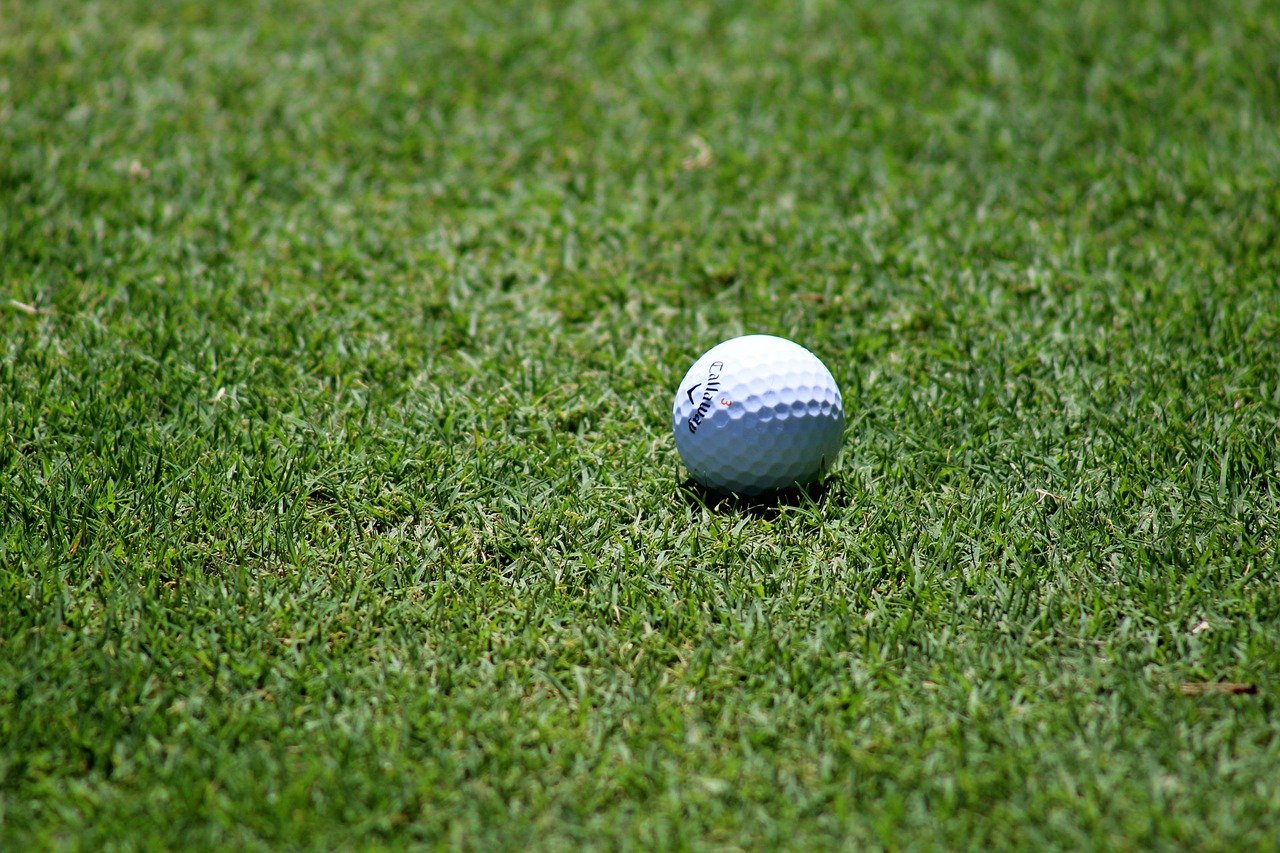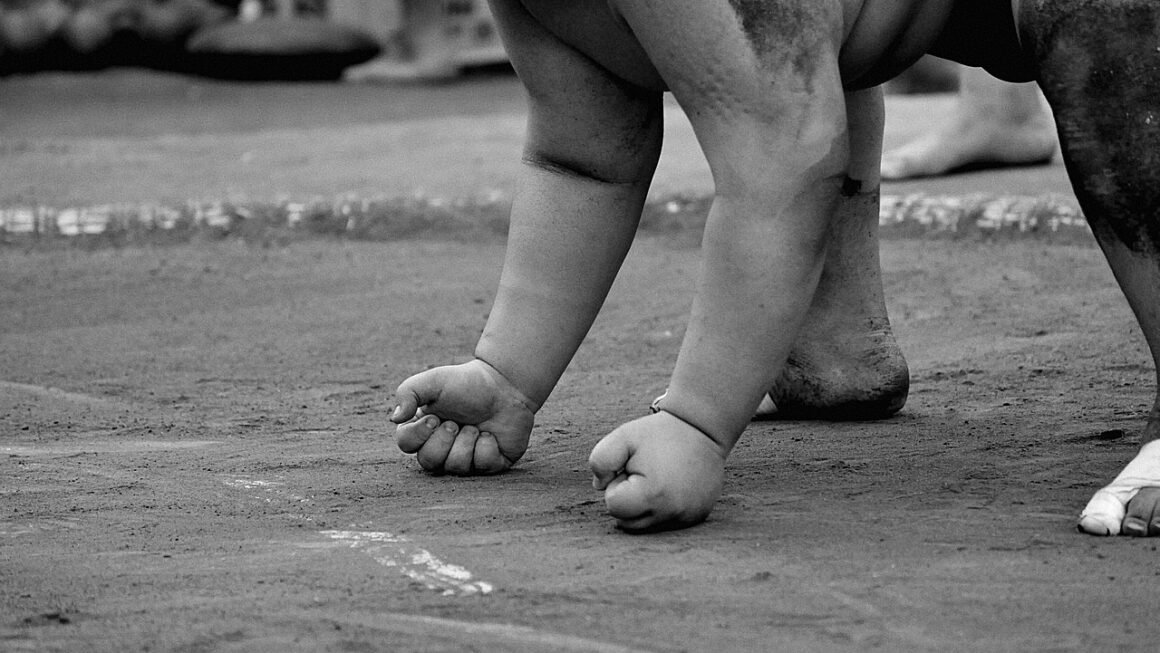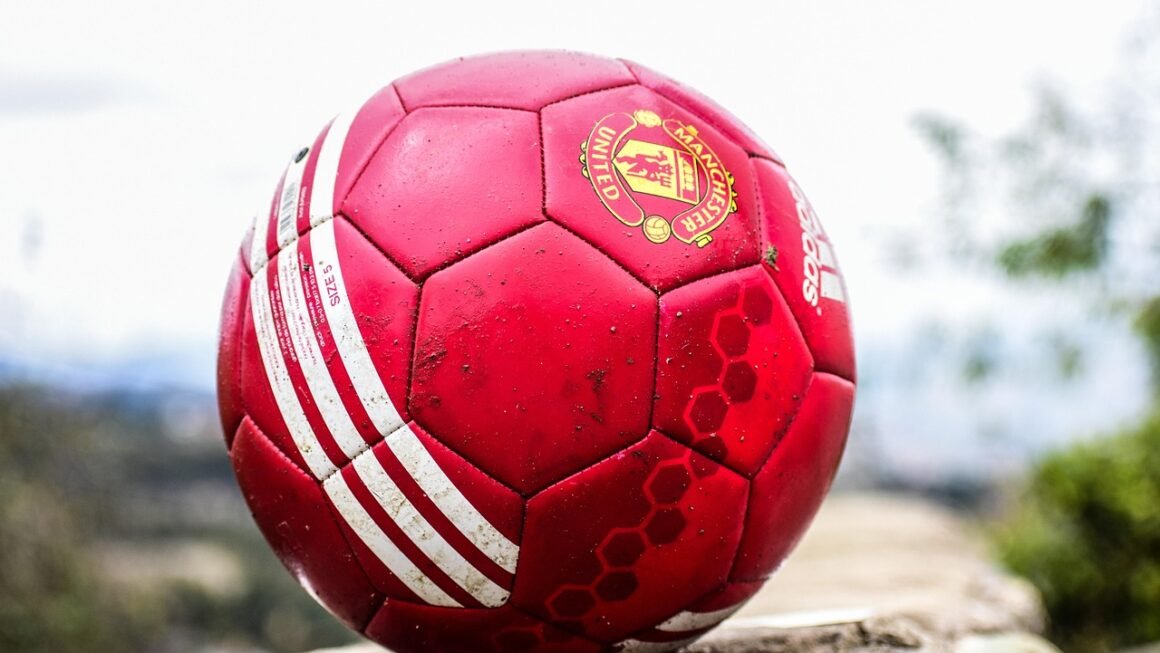Handball, a fast-paced and dynamic team sport played with a ball and two teams of seven players each, is gaining popularity worldwide. Often described as a blend of soccer, basketball, and hockey, it requires agility, strength, and strategic teamwork. This comprehensive guide will delve into the intricacies of handball, exploring its rules, techniques, benefits, and how you can get involved.
Understanding the Basics of Handball
What is Handball?
Handball is a team sport where players advance a ball by dribbling or passing it to teammates, with the ultimate goal of throwing it into the opposing team’s goal. Matches are played on a rectangular court with a goal at each end, and teams compete to score the most goals within the allotted time. It’s known for its high-scoring games and constant movement, making it an exciting sport to watch and play.
Key Rules and Regulations
Understanding the rules is crucial for both players and spectators. Here are some fundamental aspects:
- Court Dimensions: The playing court is 40 meters long and 20 meters wide.
- Goal Area: A semi-circular “D-zone” extends six meters from the goal, where only the goalkeeper is allowed.
- Stepping Rules: Players can take a maximum of three steps while holding the ball without dribbling.
- Dribbling: Players can dribble the ball continuously, but double-dribbling (stopping and then dribbling again) is prohibited.
- Holding the Ball: A player can hold the ball for a maximum of three seconds without dribbling or passing.
- Fouls: Physical contact is limited, and aggressive fouls result in free throws or penalties.
Player Positions
A typical handball team consists of seven players on the court at any given time, each with specific roles:
- Goalkeeper: Defends the goal and prevents the opposing team from scoring.
- Wingers: Positioned on the sides of the court, known for their speed and sharp-angle shots.
- Backcourt Players (Left Back, Center Back, Right Back): Generate long-range shots and orchestrate offensive plays.
- Pivot (Line Player): Operates close to the goal, disrupting the defense and creating scoring opportunities.
Essential Handball Techniques
Passing and Catching
Accurate passing and catching are fundamental skills in handball.
- Overhead Pass: A powerful and accurate pass executed above the head.
Example: Used for long-range passes to wingers or backcourt players.
- Chest Pass: A direct pass from chest to chest, ideal for short-range, quick passes.
- Bounce Pass: A pass that bounces once before reaching the receiver, often used to avoid defenders.
- Catching Technique: Focus on catching the ball with soft hands, absorbing the impact, and securing it quickly.
Shooting Techniques
Scoring goals requires a variety of shooting techniques and precision.
- Jump Shot: A powerful shot taken while jumping, providing a clear shot over defenders.
Example: A backcourt player jumping and releasing a powerful shot towards the goal.
- Standing Shot: A more controlled shot taken from a stationary position, often used for free throws or penalties.
- Hip Shot: A quick and deceptive shot released from the hip, ideal for close-range situations.
- Dive Shot: A dynamic shot taken while diving towards the goal, typically executed by wingers.
Defensive Strategies
Effective defense is crucial for winning games.
- Man-to-Man Defense: Each defender is assigned to guard a specific opposing player.
- Zone Defense: Defenders protect a specific area of the court, coordinating to prevent scoring opportunities.
- Blocking: Players strategically position themselves to block shots before they reach the goal.
- Intercepting: Anticipating passes and intercepting the ball to regain possession.
Benefits of Playing Handball
Physical Health
Handball offers numerous physical benefits.
- Cardiovascular Fitness: The constant running and movement improve cardiovascular health.
- Strength and Endurance: Handball builds strength in the arms, legs, and core, while enhancing endurance.
- Agility and Coordination: The dynamic nature of the sport improves agility, coordination, and reaction time.
- Weight Management: A high-intensity sport that helps burn calories and maintain a healthy weight.
Mental and Social Well-being
Beyond physical health, handball contributes to mental and social well-being.
- Teamwork and Communication: Players must work together and communicate effectively to achieve common goals.
- Strategic Thinking: Developing strategies and making quick decisions during gameplay enhances cognitive skills.
- Stress Relief: Physical activity releases endorphins, which can help reduce stress and improve mood.
- Social Interaction: Joining a handball team provides opportunities to meet new people and build lasting friendships.
Practical Example: A Case Study
Consider a local handball team comprised of individuals with varying fitness levels. After a season of regular practice and games, participants reported:
- Improved stamina by an average of 20%.
- Increased muscle strength and tone.
- Enhanced teamwork and communication skills.
- A significant reduction in stress levels.
Getting Involved in Handball
Finding a Local Team or Club
- Online Resources: Search for local handball clubs or teams using online directories or sports websites.
- Community Centers: Check with community centers or recreational facilities for handball programs.
- University Clubs: Many universities have handball clubs that are open to students and sometimes to the public.
- Social Media: Use social media platforms to find handball groups or events in your area.
Essential Equipment
You don’t need much to start playing handball:
- Handball: A regulation handball is essential for practice and games.
- Sports Shoes: Non-marking athletic shoes that provide good traction and support.
- Athletic Wear: Comfortable clothing that allows for freedom of movement.
- Optional: Some players prefer to wear knee pads or ankle braces for added support.
Basic Drills and Exercises for Beginners
- Passing Drills: Practice various passing techniques with a partner, focusing on accuracy and speed.
- Shooting Drills: Work on different shooting techniques, aiming for specific targets on the goal.
- Dribbling Drills: Improve ball control by practicing dribbling techniques, such as changing direction and speed.
- Agility Drills: Use cones or markers to create agility courses, enhancing speed and coordination.
Conclusion
Handball is a captivating sport that offers a unique blend of physical and mental challenges. From understanding the basic rules and mastering essential techniques to reaping the numerous health benefits and finding local opportunities to play, this guide provides a comprehensive overview of handball. Whether you’re a seasoned athlete or a newcomer looking for a dynamic and engaging team sport, handball has something to offer everyone. So, grab a ball, find a team, and experience the excitement of handball firsthand!



